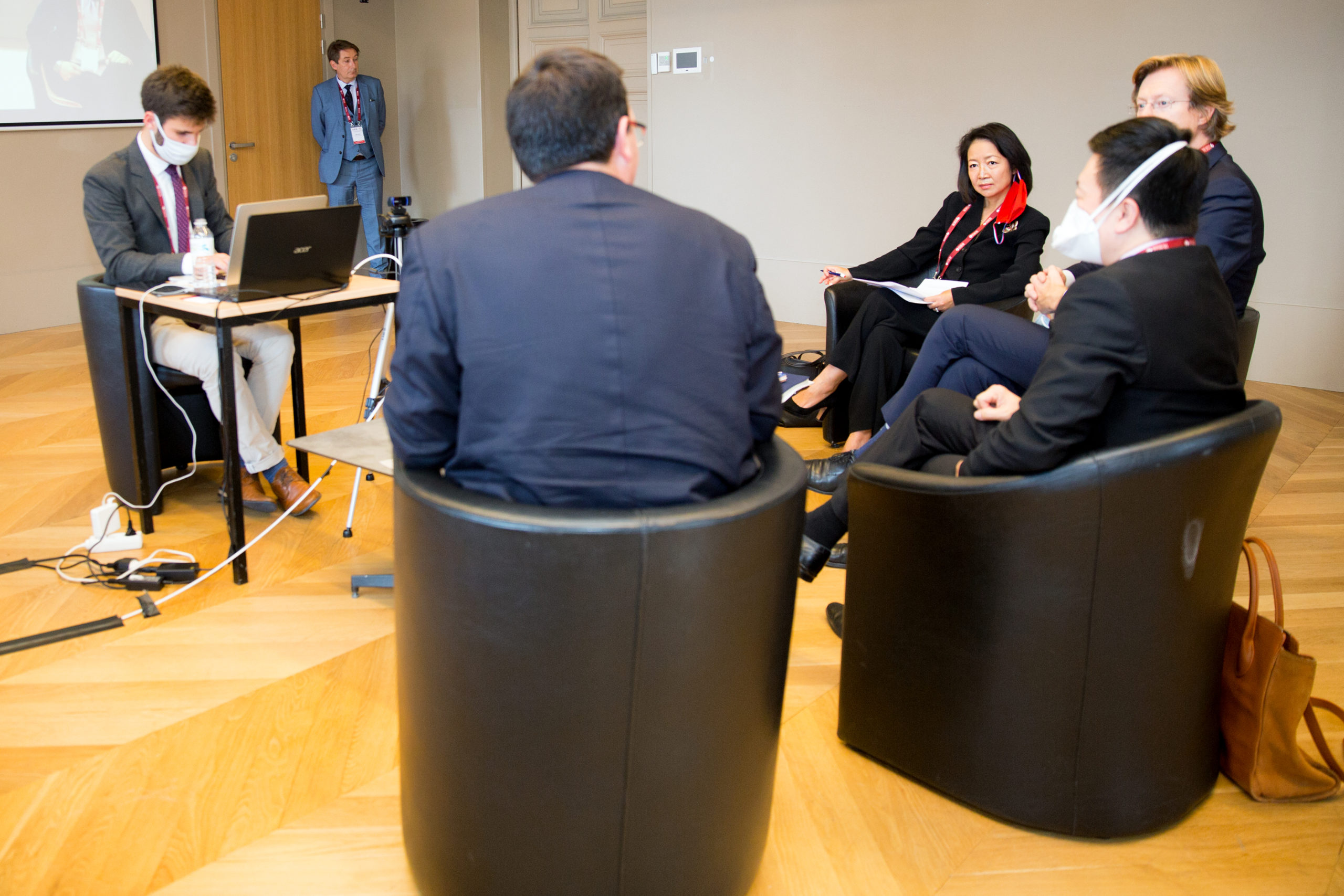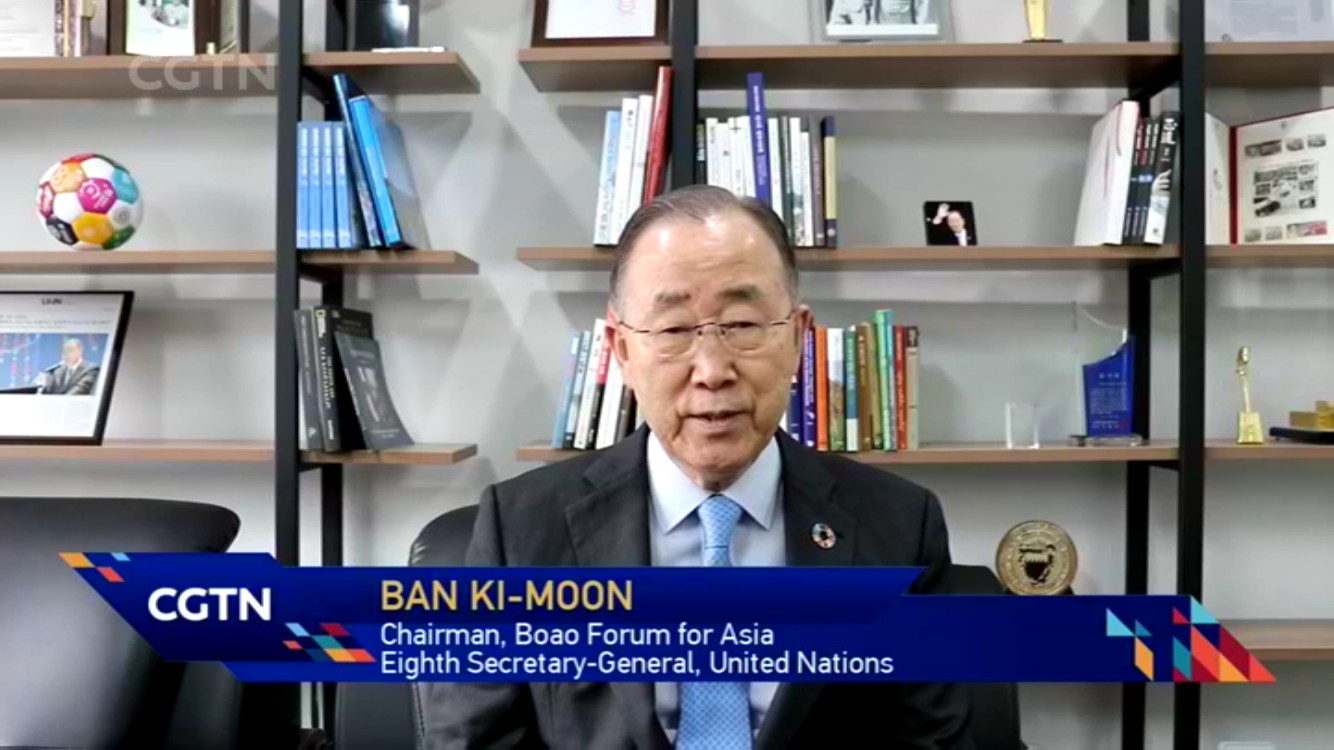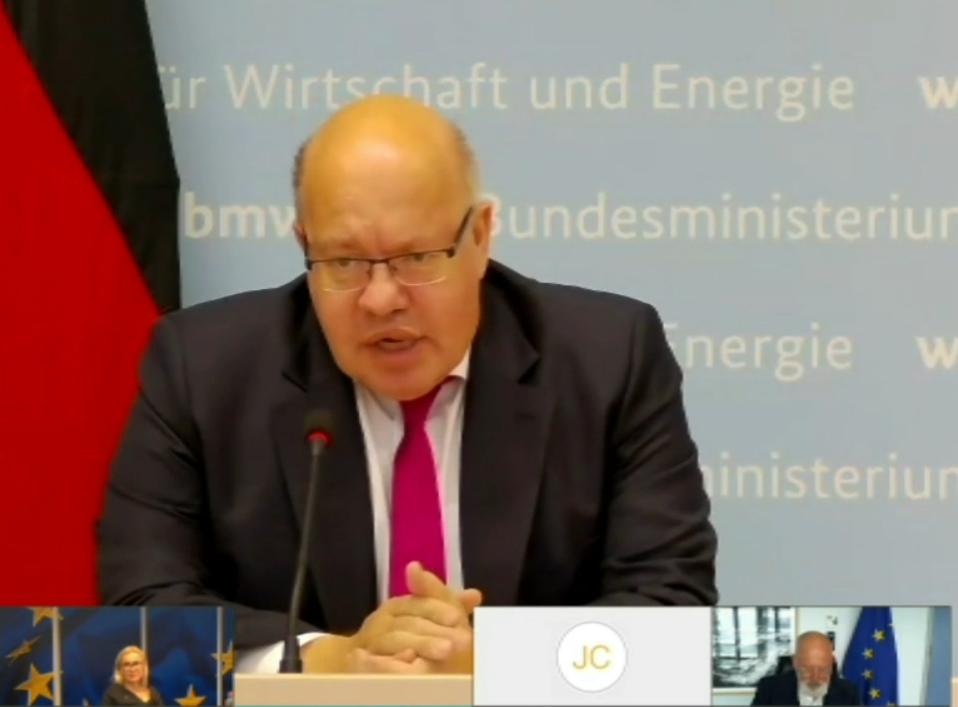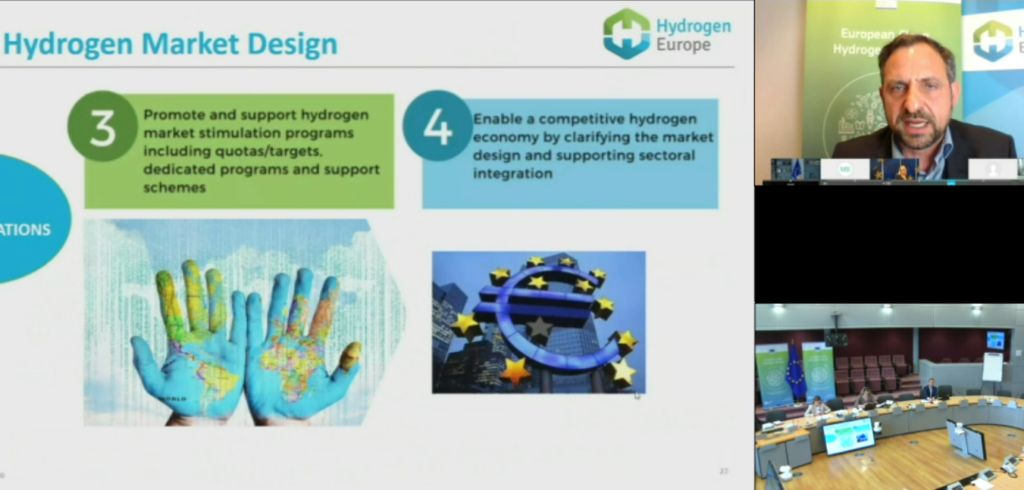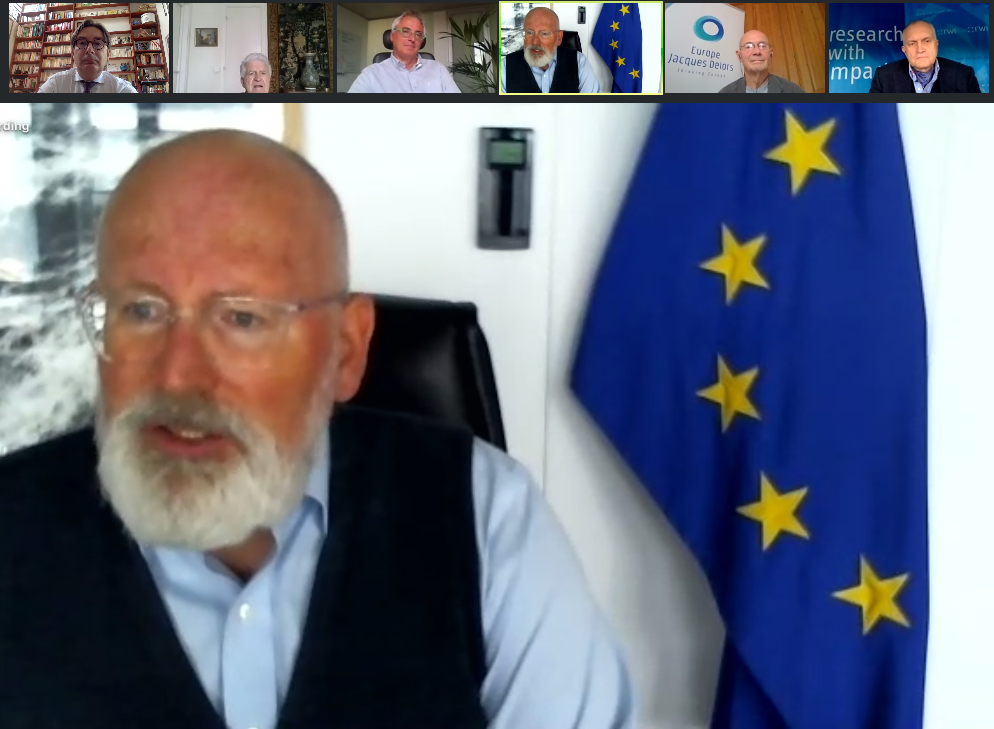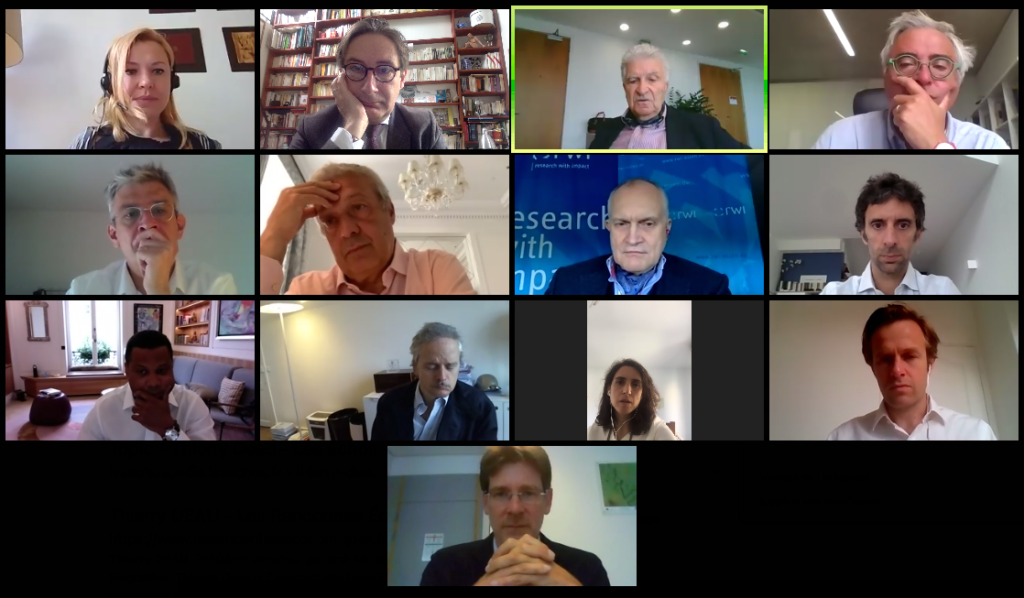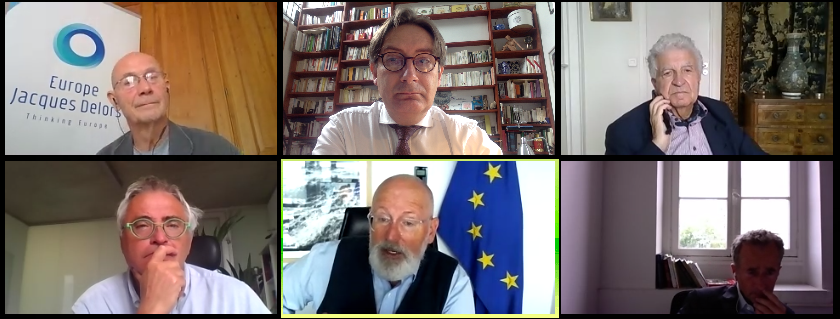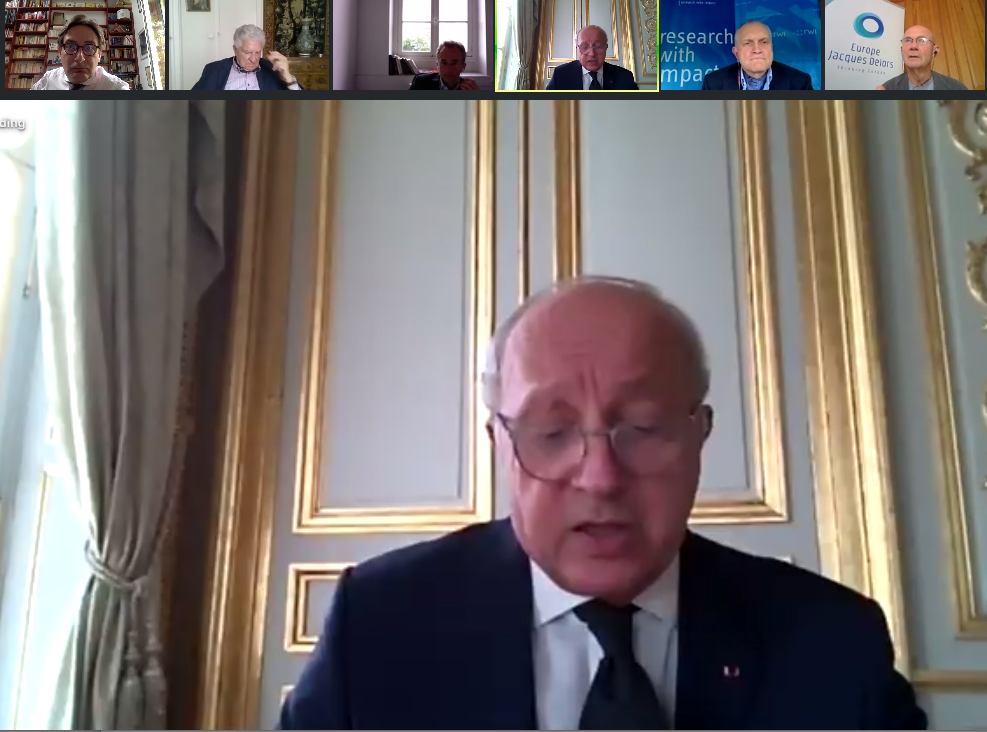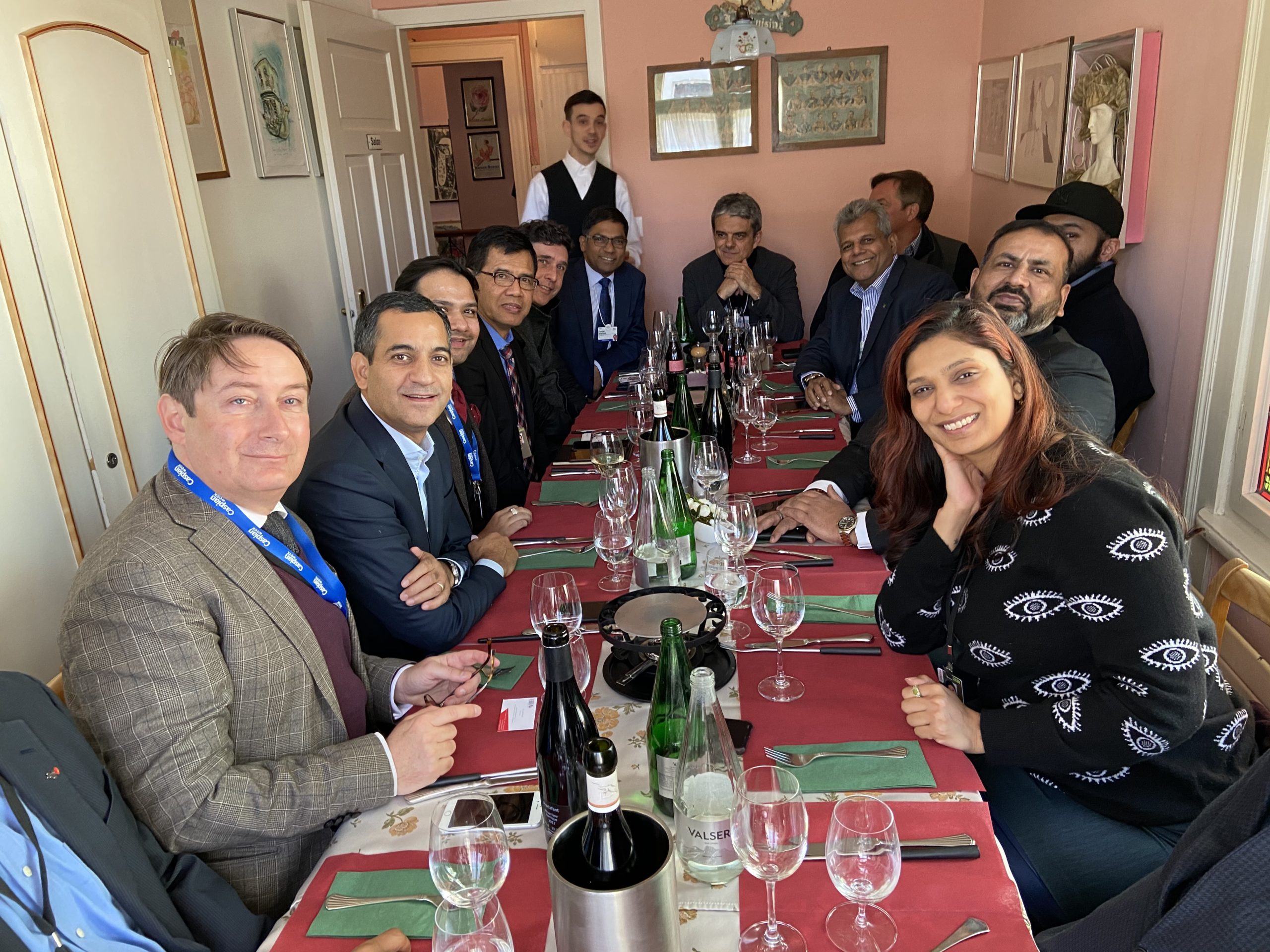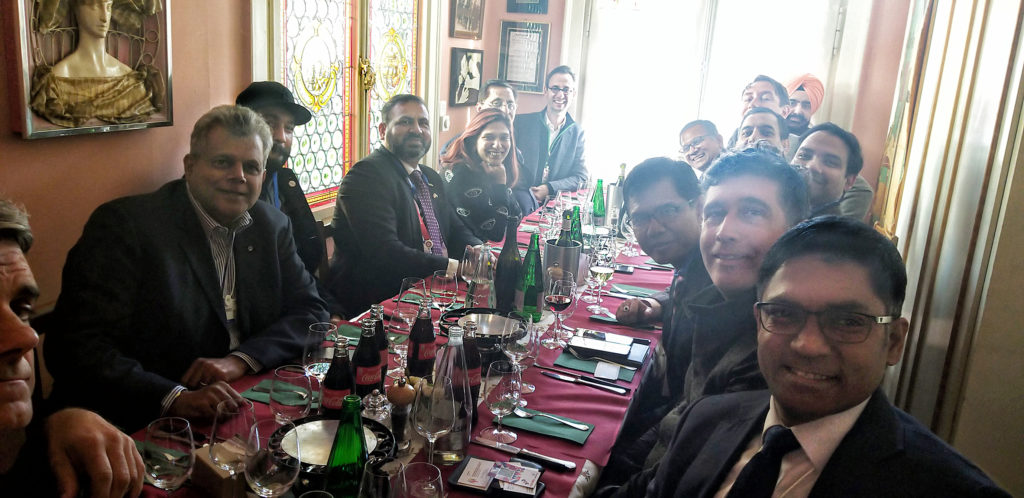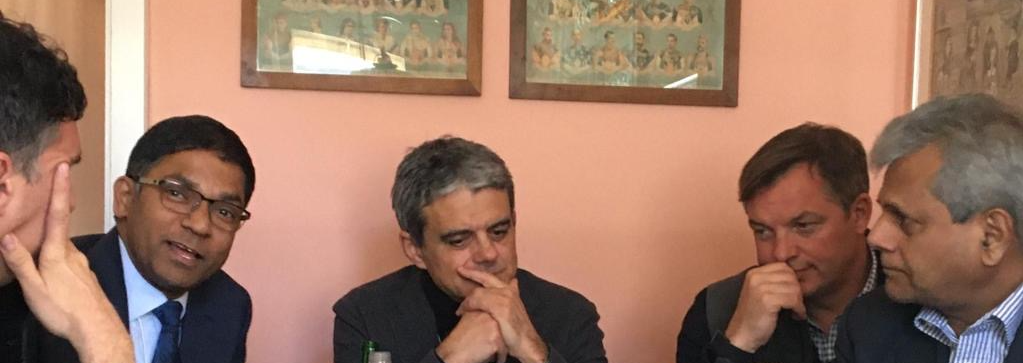EU-China: Green development or ecological civilization?
On 14 September, China and European leaders held a summit on an investment agreement. What does the timing of this announcement imply for the climate dialogue? How can we position ourselves in a green dynamism and common ground to give access to these green technologies in all countries? What are the opportunities for companies and industries whose primary goal is to create value?
Wen Cui-Pottier, Guillaume Henry, Zhao Wei and Nicolas Imbert discussed these issues.
The need for law in a perspective of innovation and transition emerged:
Every legal rule can be subject to an ecological analysis. Existing legal rules must be improved by placing them under an ecological prism.
1% of green technology patents are filed in Africa and 3% in Latin America. More than patents, the cause of the technological divide between developed and emerging countries is the know-how that underpins innovation.
Multinationals must be encouraged to collaborate because 70% of patents are filed by large groups that have significant cross-border networks and are the most effective in implementing technologies and knowledge in the countries where they are present.
It also shows that China relies on a competitive and attractive industrial base to develop its green industry. Greening an economy means changing its industry.
China relies on an ambition with three interactive layers: the central government, the active participation of localities, and the investments of Chinese companies.
Chinese companies have an ambitious strategy and are positioned upstream and downstream of the supply chain. They are also present on foreign markets.
China and Europe must enter into a competitive collaboration. Today, Chinese and European companies are actually collaborating while governments are in confrontation.
Finally, two trends complement each other: 1) G. Thunberg’s “How dare?”, which underlines the lack of concrete investment by developed countries in green development, and 2) many effective and agile sectoral initiatives at local level.
Are we in a logic of license to cooperate or of a grey economy to be reinvented? Between green development and ecological civilisation emerges the idea of a possible co-construction with a realistic vision of resilience.
Download the summary of the debates (in French) here
Download the verbatim report (in French) here

